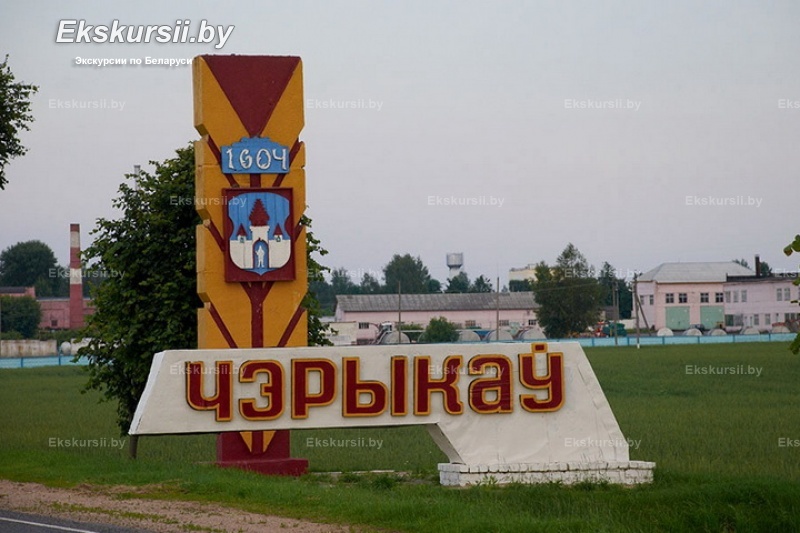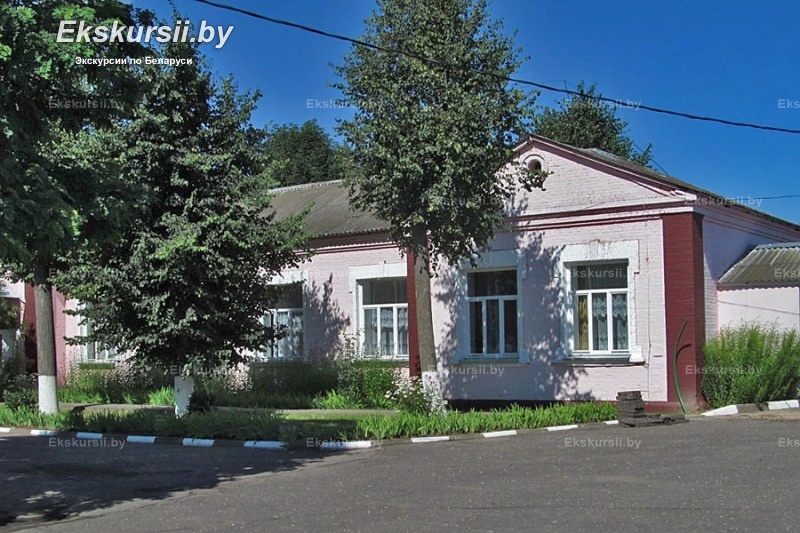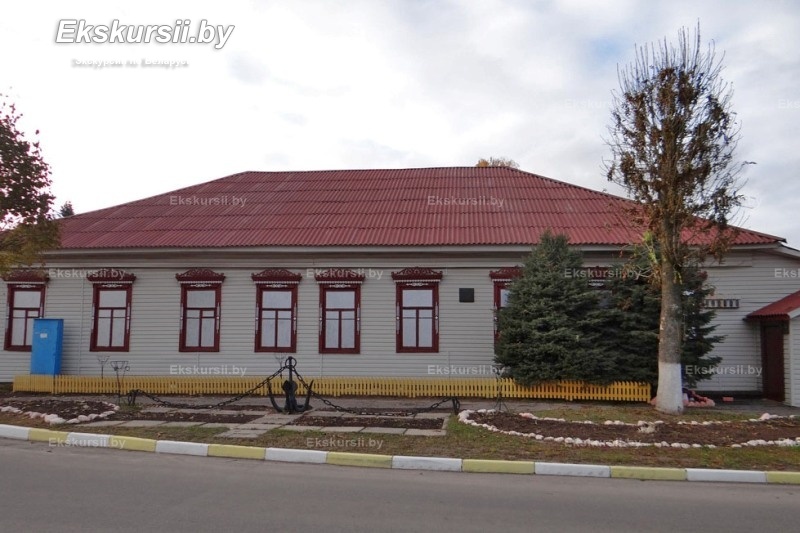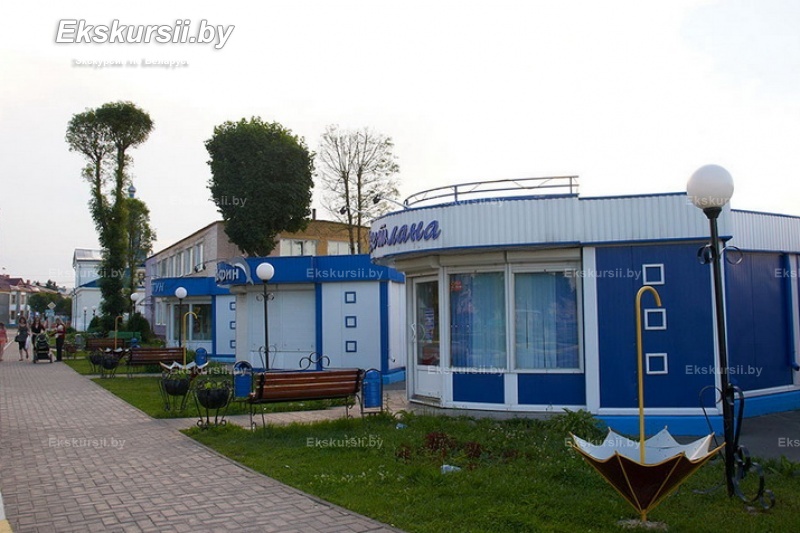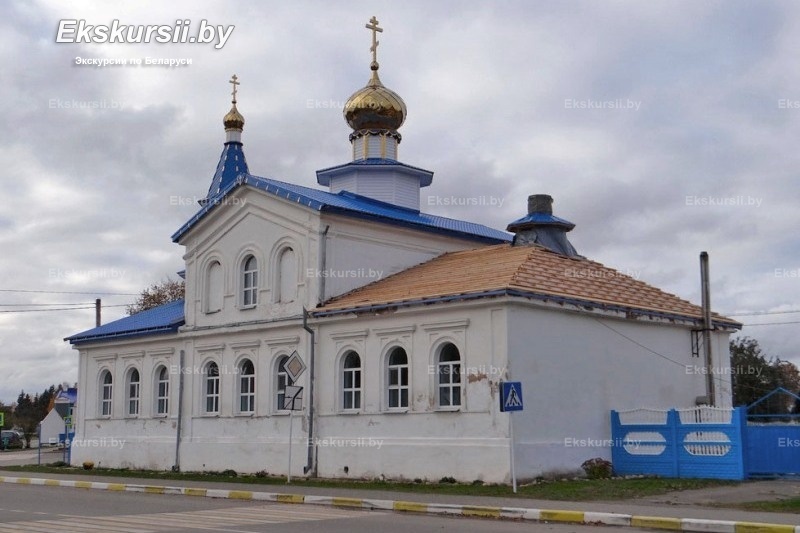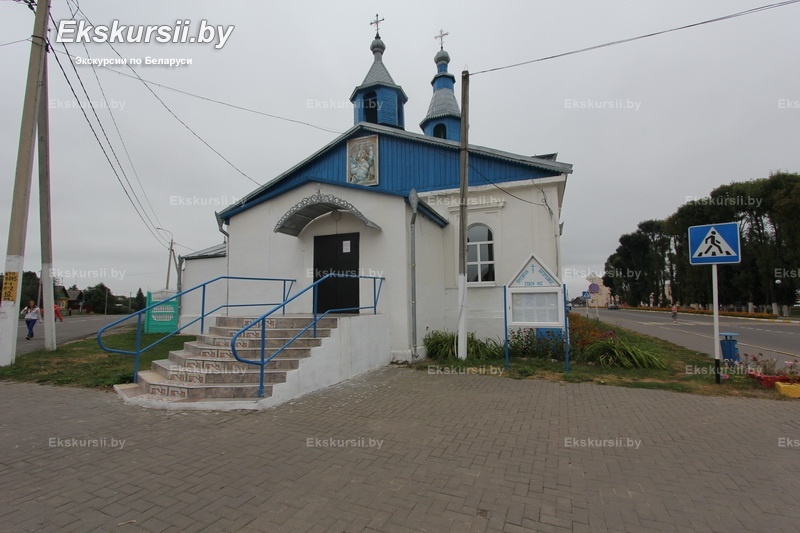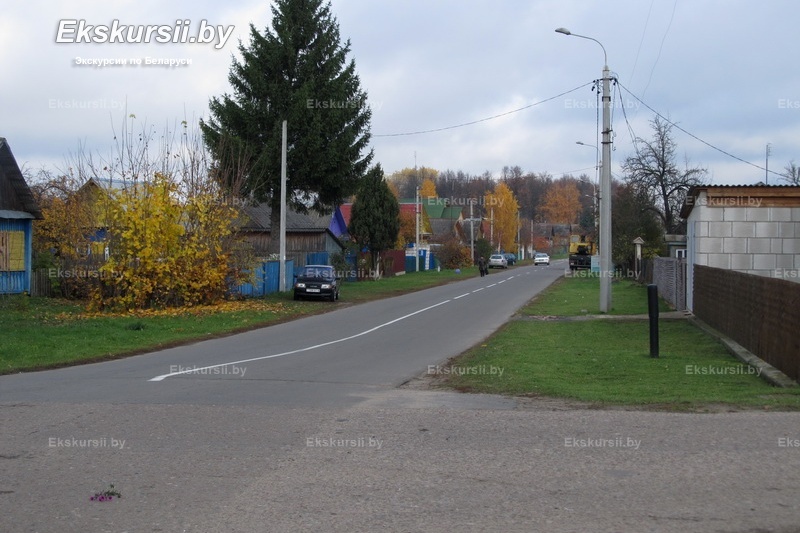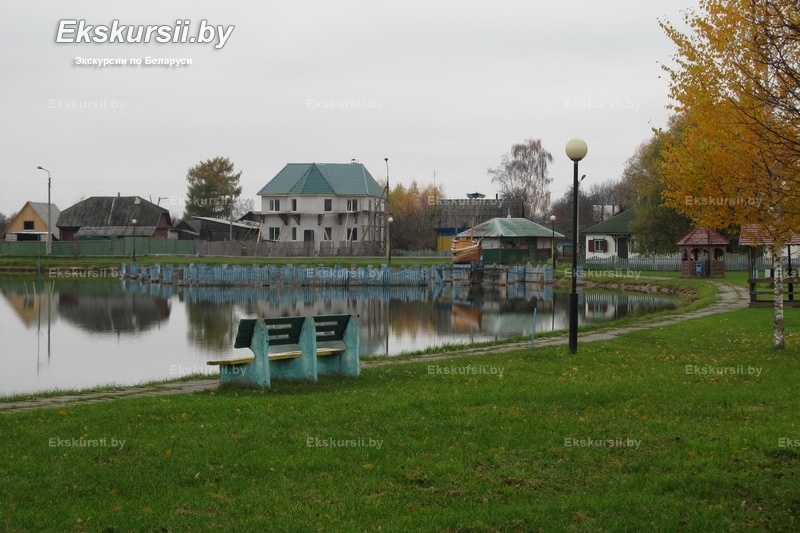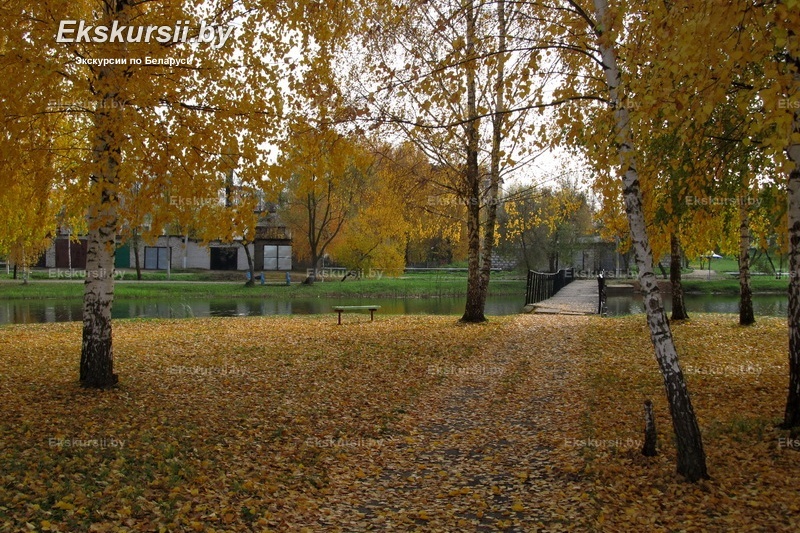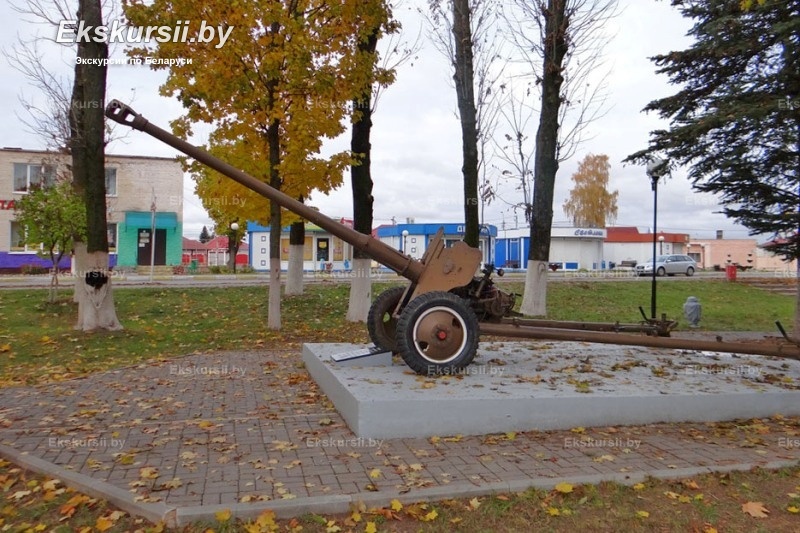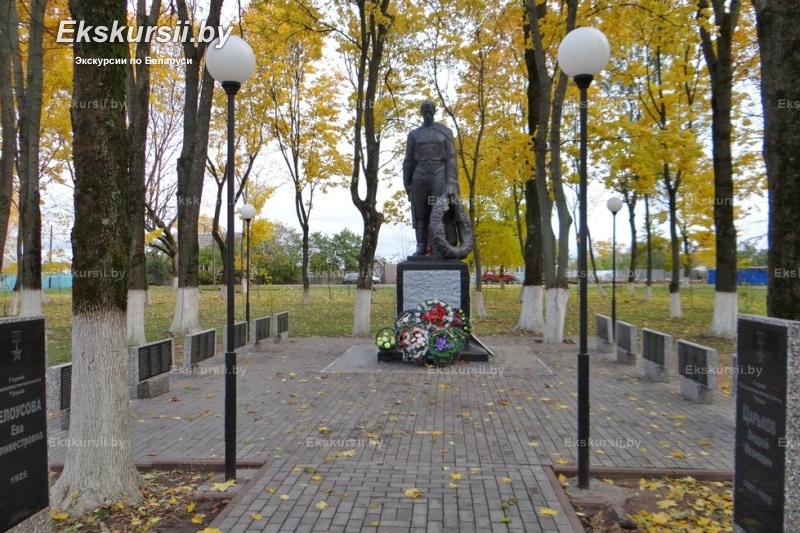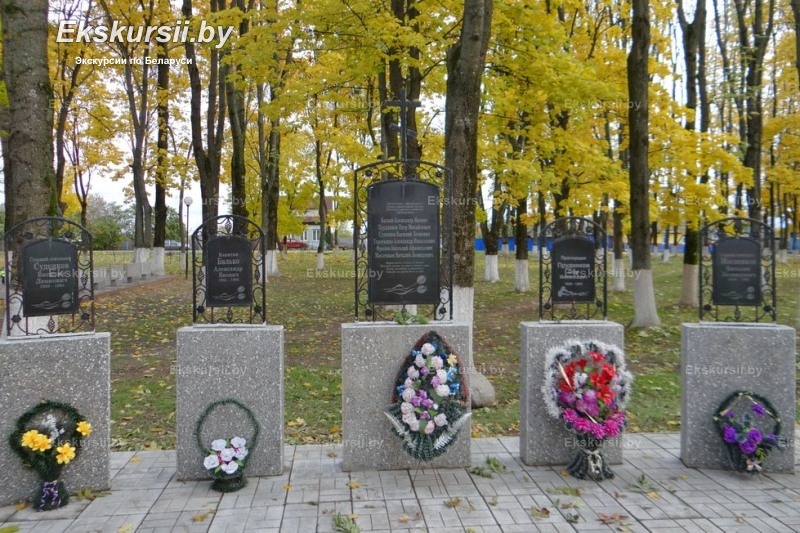History of the development
First written mention of Cherykaw dates back to 1460. In early XVII century Cherykaw received the status of city, and already in 1641 King and Grand Duke Vladislav Vaz granted Magdeburg Law and the Coat of Arms to the city. From mid XVII to early XVIII centuries Cherykaw and its environs were heavily affected by the numerous wars that took place in the district.
As a result of the first partition of the Polish-Lithuanian Commonwealth in 1772 Cherykaw became part of the Russian Empire as a small town, but already in 1773 and in 1781 Cherykaw regained its status as a city and a new coat of arms was appoved, respectively. During the uprising of 1863-1864 rebel squad of J. Zhukovsky acted in Cherykaw. At the end of the XVIII century path Mogilyov - Chausy - Krichev - Mstislavl passed through the Cherykaw, and in the XIX century Moscow-Warsaw highway also was built. By the beginning of the XX century the city had a river pier, horse fairs were held, sugar, wine, sawmill mill and a mill were operating.
In 1919 according to the decision of the I Congress of the CP(b)B Cherykaw joined the BSSR, but soon the city, together with other territories of Eastern Belarus, was transferred to the RSFSR. In 1924 Cherykaw was returned to BSSR. During the World War II from July 17, 1941 to October 1, 1943 Cherykaw was under German occupation. In 2002 the historical coat of arms of Cherykaw was re-asserted.
Tourism potential
Cherykaw region has a rich and glorious history, which tourists can touch by visiting the city.
The oldest attraction of the city is the church in the name of the Life-Giving Trinity, which was erected in 1856. The church was able to retain its original appearance in spite of the difficult trials that it had to endure during its existence.
Of particular interest to the visitors of the city is hospital building in Cherykaw (now - emergency department of the central regional hospital). The hospital was built in 1898 with money from the treasury. The one-story brick building is U-shaped with a corridor extended in the entire length of the building. Initially, the building consisted of 10 wards for patients and 6 treatment and utility rooms.
In the 1990s the pre-revolutionary apartment building was converted into the Church of the Nativity of the Virgin. The church building itself was built in Cherykaw at the turn of the XIX-XX centuries.
The Cherykaw Raipo building also has an unusual half-century history. In the period from 1853 to 1936 the building housed a prison church, which was then converted into a library. During the Great Patriotic War Gestapo was located here.
Visitors of Cherykaw State Local History Museum can immerse in fascinating history and nature of the Cherykaw region.
